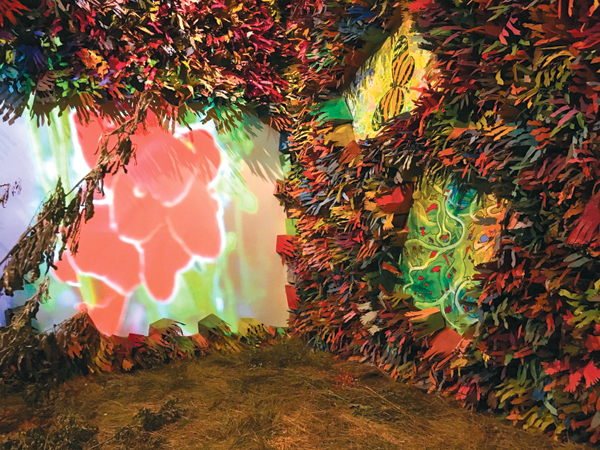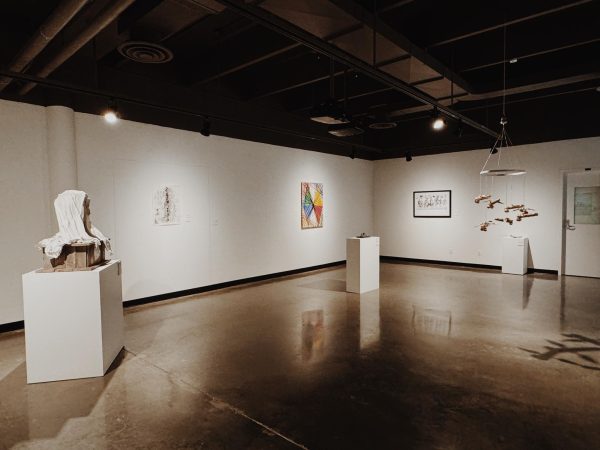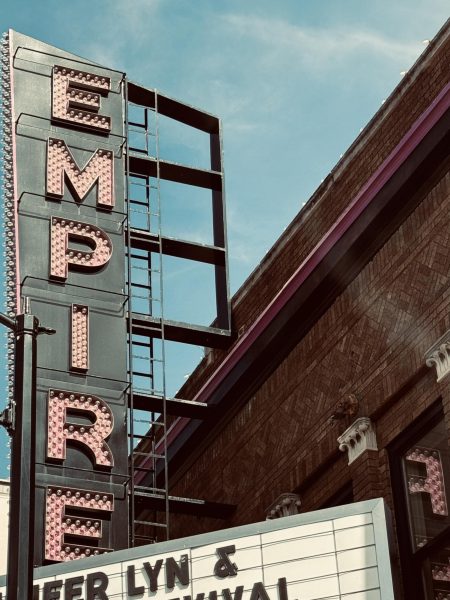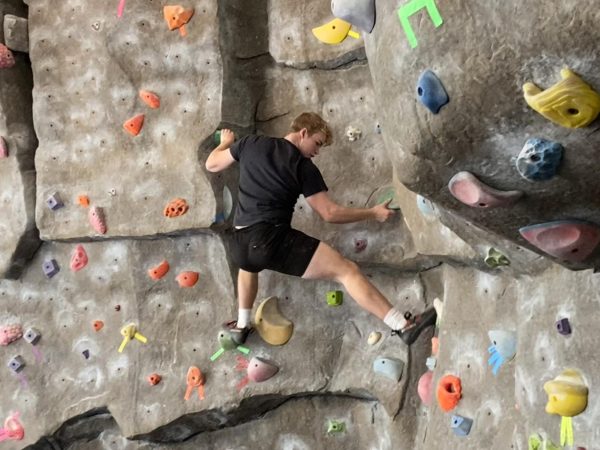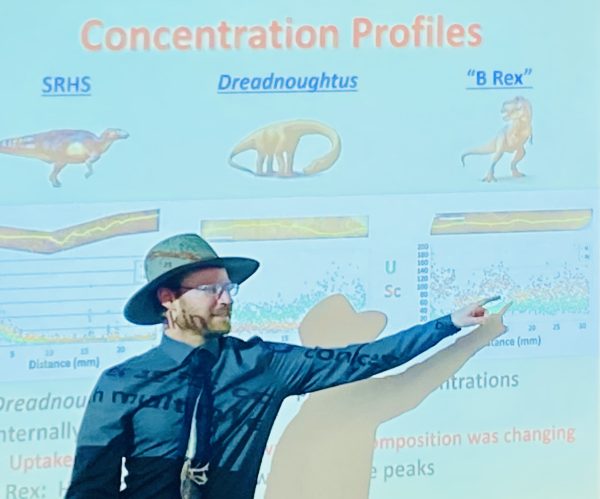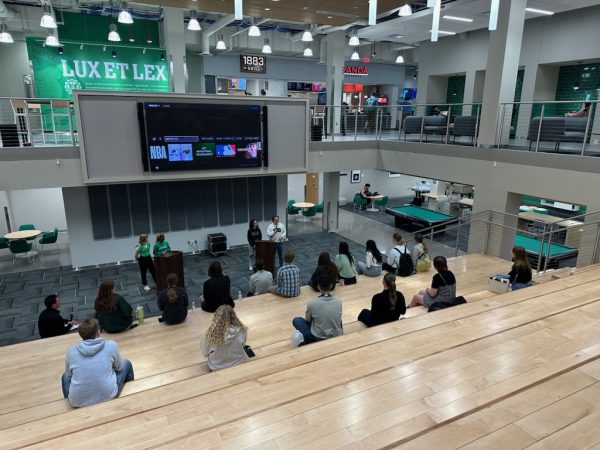The beauty of Weeds

Francisco Alvarado-Juarez’s multimedia installation “Yerba Linda / Pretty Weed” will be featured at the North Dakota Museum of Art until January 10, 2018.
September 24, 2017
North Dakota is known for many things: the prairies, hot summers, freezing winters and weeds. Weeds are tiny invasive plants that farmers are at an endless war with, but what if there was someone who wanted these plants for the purpose of beauty?
Enter the North Dakota Museum of Art and you will find an exhibit that is focused on revealing the beauty of the weeds as a collaborative exhibit. Artists come from Minneapolis, New York, Pennsylvania and Iceland, focusing on displaying the beauty and resilience of these plants.
The highlight of the exhibits is a piece by Francisco Alvarado titled “Yerba Linda/Pretty Weed.” Born in Honduras, the New York artist believes that nature is a metaphor for the complexity of the human condition. “Yerba Linda” is an exhibit that Mr. Alvarado has been showing throughout the world for over 25 years. Sarah Bower, the assistant to the director, was kind enough to walk me through the exhibit and explain to me the inspiration behind the theme.
“Into the weeds was curated by our director Laurel Reuter and she brought it together with this idea that weeds are something we see as something to get rid of, but weeds are something that artist can see as beautiful things,” Bowser said. “She pulled together a series of nine different artists to reflect a different viewpoint on weeds. These artists come from across the United States.”
When most people think of art, they think of the standard paint, canvas and paintbrush. “Yerba Linda” is not found on a canvas. Painted and cut paper bags, acrylic paintings on canvas, three video projections, sound, dirt and organic material are the foundations of this exhibit that requires the space of an entire room. When one first walks into the space, it is hard to believe that this room once contained pristine white walls and floors.
The paper bags line the walls from floor to ceiling, leaving only room for the canvas paintings on the walls. Dirt is found on the floor, covered by organic material, and there are wood chips that are piled on the ground to form gopher holes. Bushes made of weeds form a hedge around the video projectors as the sounds of nature surrounds the observers. Greg Vettel, the exhibition coordinator and registrar, was in charge of setting up this event.
“The walls are covered in 3,600 hand painted, hand cut paper bags,” Vettel said. “This exhibit goes back to 1993. Each place Francisco goes, he asks for volunteers to help hand paint and cut the bags. There are bags that were created by people here in Grand Forks. The weeds covering the floor came from my farm.”
It was breathtaking the way the colors and sound collaborated together. I felt grounded within the exhibit, the smell of dirt wafting through the air and the sounds of nature echoing across the walls. Being enveloped within the exhibit leaves one feeling as though they are trapped within a wonderland of sorts. Instead of falling down a rabbit hole, one only needs to enter through a door in order to experience a new mindset filled with wonder.
The North Dakota Museum of Art alternates different exhibits throughout the year. Many will only last for about two months, but the “Yerba Linda” exhibit is one that will be here for approximately four months. Because of the size and the significance of this exhibit, the museum desires all people to experience something that people here in North Dakota may not have had the chance to experience.
Why should students visit the museum? First, the museum is located behind Twamley Hall and many students walk past the building on the in way to and from classes. Second, all it takes is five minutes to stop by and experience a part of UND that is not a classroom. If it is raining, stop by the museum to wait it out and experience beautiful art to pass the time. The Director of Education, Matthew Anderson, gave his advice to students who are curious about visiting the museum.
“There are many reasons why students should visit a museum. For students in general, this museum is on campus, this is the state’s art museum, the admission is free, why would you not check it out? There truly is not another place like this on campus. If you are at all curious about the museum or the exhibits, stop by,” Anderson said. “We have food, world class exhibitions, concerts, classical concerts in the winter and bluegrass in the summer. This is a place where students can stop by and break up the routine of being a student and take a breath of fresh air and perspective. Stop by to feed your creativity.”
Students who have a passion for art can also volunteer with the museum. To volunteer, just contact the Museum of Art at ndmoa.com. The museum is open from 9 a.m. to 5 p.m. on the weekdays and from 1 p.m. to 5 p.m. on the weekends. The café is open from 11 a.m. to 3 p.m. on weekdays only.
Devon Abler is a staff writer for Dakota Student. She can be reached at [email protected]


